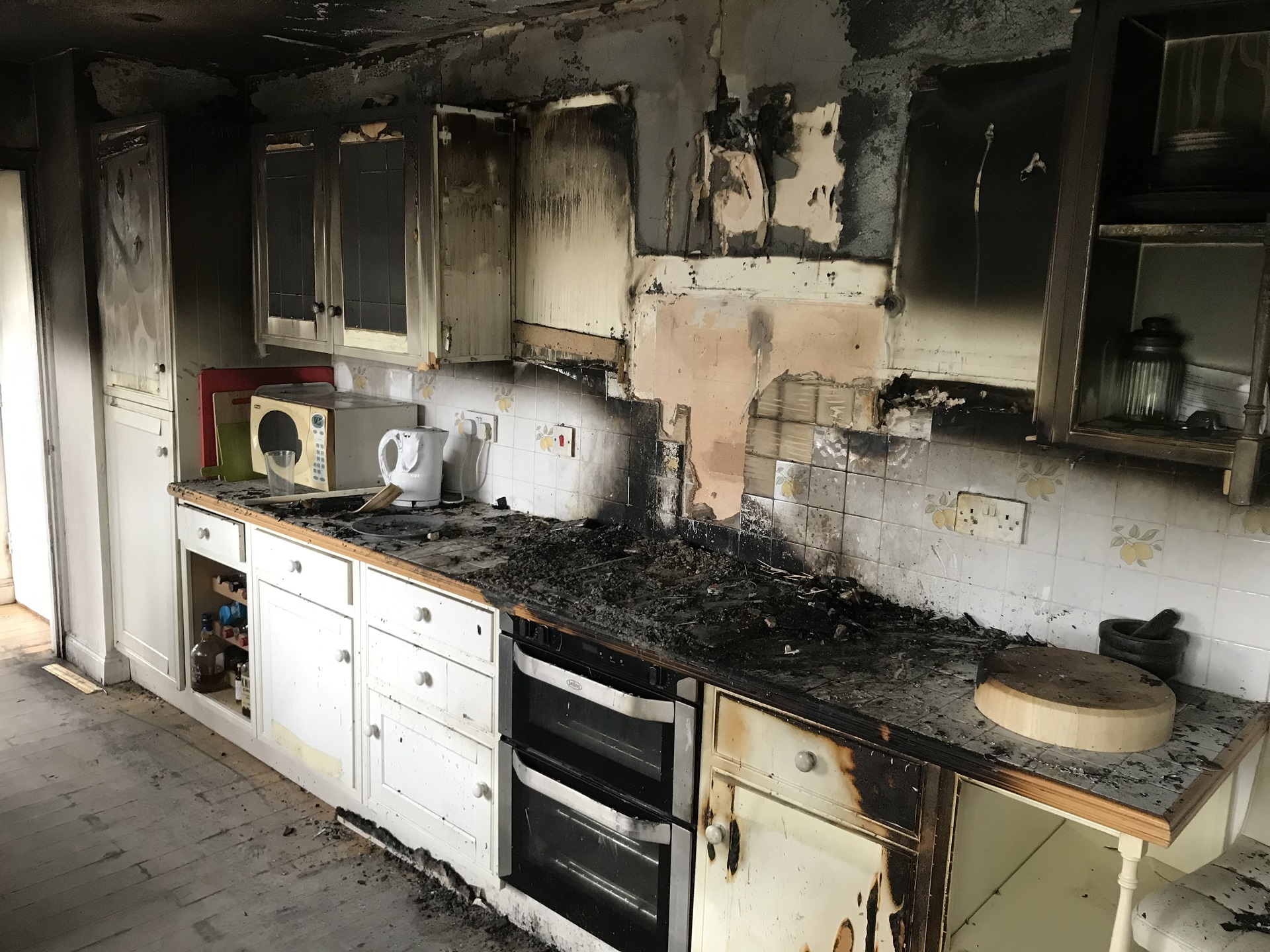Is Dealing With The Fire Aftermath More Challenging Than The Fire Outbreak?
It is indeed a traumatic experience for homeowners in New York, but battling the challenges of fire’s aftermath is more difficult, and it is more than just the initial blaze.
Jan 03, 2025260 Shares86.5K Views

Fire spreads its threat through the flame; it can consume your new property and even put you in danger. It is indeed a traumatic experience for homeowners in New York, but battling the challenges of fire’s aftermath is more difficult, and it is more than just the initial blaze. So, let’s understand how fire loss is more than flame so you can make informed decisions.
Structural Damage Beyond The Flames
To allow the occupants to escape the fire or to ventilate the building, the firefighters need to break down the windows and doors. They can even cut open the walls or ceilings to allow the heat and smoke to escape. The roof can also get damaged as they might have to make a hole to enter and extinguish the flame.
Moreover, they might even have to cut an enormous trench to stop the fire from expanding. All these activities or steps can lead to structural damage, but fire and smoke remediationis necessary to save lives and property.
Water Damage From Firefighting Efforts
The firefighters need to use water to extinguish the flame, creating a separate set of issues. Usually, they need to release up to 15 to 16 gallons of water per minute to put out the fire using the sprinkler system; the property gets hit by hundreds of gallons of water every minute.
After the fire has been put out, the water gets saturated into the building’s material, making it soggy, swelling, or even causing structural instability. Most importantly, the moisture can also seep into the electrical panels. Creating hazardous situations that require immediate professional assessment.
Mold Growth And Health Hazards
It is evident that the restoration company cannot start their work to dry the area right after putting out the fire. So, the large volume of water in the environment creates a suitable stage for mold growth, which can occur within 24 to 48 hours of the fire.
Molds cause health issues, particularly in individuals who already suffer from respiratory disease or have a weak immune system. Thus, it becomes essential to address the mold issue as soon as possible and dry the affected area; before that, one needs to get clearance from the local authorities that the property is safe to move in.
Smoke And Soot Residue
The fire leaves behind smoke, soot, and odor, which adhere to the drywall, carpeting, and furniture, making them difficult to remove. These substances also affect aesthetic appeal, as the fire leaves behind stains and discolorations of the interiors. Moreover, the acidic nature of soot particles deteriorates the surfaces it has penetrated with time.
Summing It Up
The restoration process can get delayed due to the existing damage or if the house gets introduced to new problems. If the water damage remains unaddressed for a long time, then it can weaken the structures, and the soot creates a permanent stain.
Thus, to avoid secondary damages, it is necessary to intervene in the problem at the right time; this would also reduce the overall cost and timeline of the restoration process. You can consult with professionals at nycrestoration.comwho would provide a multifaceted approach, including assessment, mitigation, remediation, restoration, and support.
Latest Articles
Popular Articles